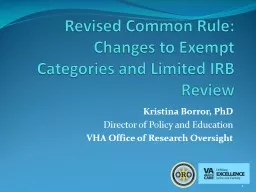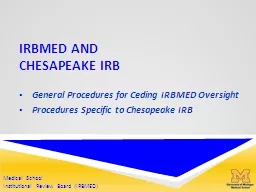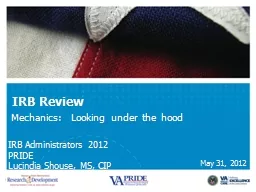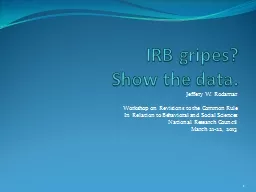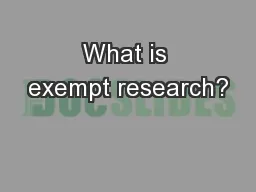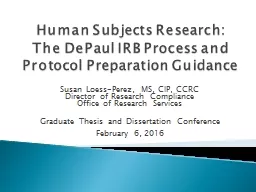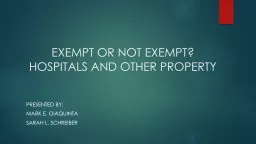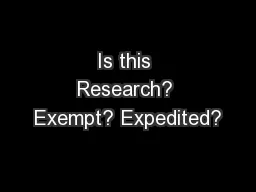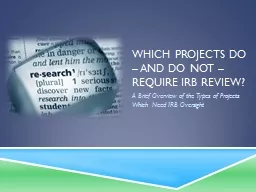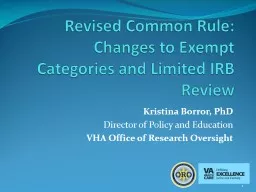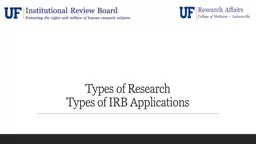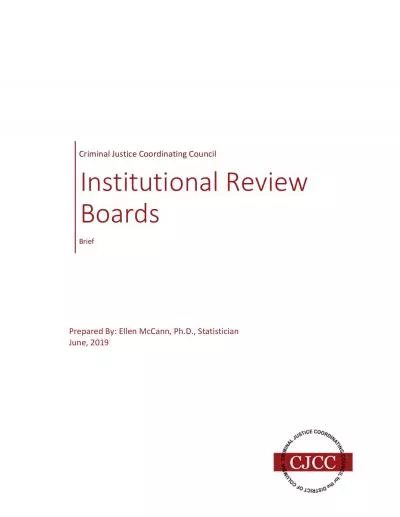PPT-Revised Common Rule: Changes to Exempt Categories and Limited IRB Review
Author : reagan | Published Date : 2021-12-08
Kristina Borror PhD Director of Policy and Education VHA Office of Research Oversight 1 Overview Background Exemptions and Subpart Applicability Exemptions Limited
Presentation Embed Code
Download Presentation
Download Presentation The PPT/PDF document "Revised Common Rule: Changes to Exempt C..." is the property of its rightful owner. Permission is granted to download and print the materials on this website for personal, non-commercial use only, and to display it on your personal computer provided you do not modify the materials and that you retain all copyright notices contained in the materials. By downloading content from our website, you accept the terms of this agreement.
Revised Common Rule: Changes to Exempt Categories and Limited IRB Review: Transcript
Download Rules Of Document
"Revised Common Rule: Changes to Exempt Categories and Limited IRB Review"The content belongs to its owner. You may download and print it for personal use, without modification, and keep all copyright notices. By downloading, you agree to these terms.
Related Documents

